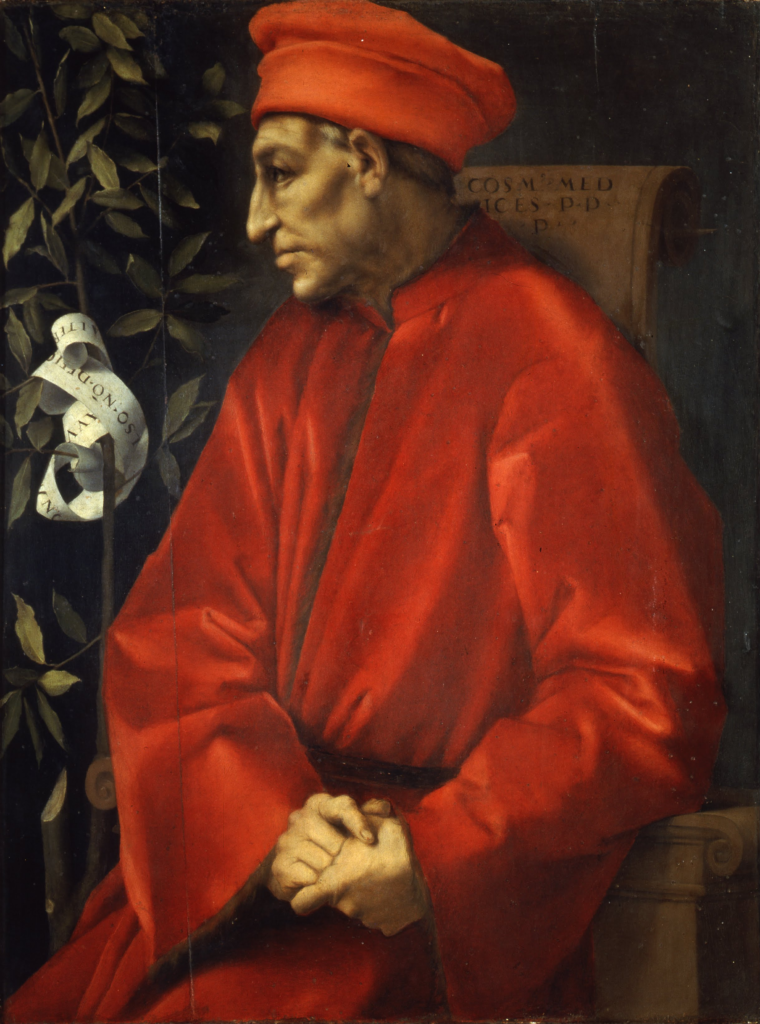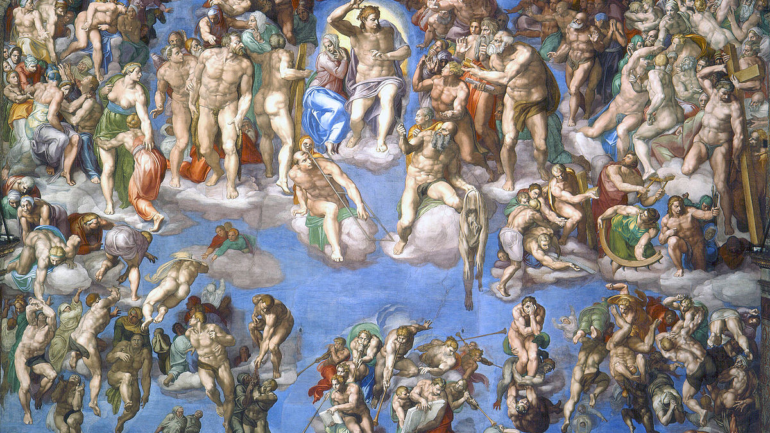The Medici Family: Angel Investors of the Renaissance
We know that the Renaissance brought forth countless renowned painters and masterpieces. But have you ever wondered how those painters made a living? The Medici family could be considered the angel investors behind the Renaissance. Without their patronage, the Renaissance as we know it would have been greatly diminished.
1. The Medici Family: Angel Investors of the Renaissance
The Medici family was the driving force behind the Renaissance in Florence. Without them, Florence’s role in the Renaissance would have been significantly reduced, and the movement’s overall achievements and influence would have been cut in half. In modern times, artists earn a living by selling their works to the market. During the Renaissance, however, artists made their living by fulfilling commissioned works for patrons. With so many brilliant artists emerging during that era, finding patrons to support them was a major challenge. The Medici family became the key supporters of these exceptional artists and their works.
2. A Historical Parallel
The Medici family’s leadership across three generations bears a striking resemblance to China’s Kangxi, Yongzheng, and Qianlong emperors. It’s as if these figures were “born into the right family.” Grandfather Cosimo de’ Medici was like Kangxi, laying the solid foundation for the dynasty. Father Piero di Cosimo de’ Medici was akin to Yongzheng, serving as a transitional figure with a short reign, primarily carrying forward Cosimo’s vision. The grandson, Lorenzo de’ Medici, mirrored Emperor Qianlong as a great politician and an art enthusiast who invested in art with unparalleled passion and spared no expense. Both were also avid poets.
3. A Powerful and Influential Dynasty
The Medici family wielded immense power across Europe and formed complex alliances through intermarriage with royal families, including those of England, France, and Spain. The queen of France’s King Henry IV was a Medici. Additionally, the family produced two Popes: Leo X and Clement VII.
4. The Medici Business Empire
The family’s primary business was banking. In the 15th century, the largest family bank spanning Europe was their enterprise. Even the Pope entrusted the Medici bank with managing the Vatican’s finances. The Medici were not just wealthy but also politically powerful. During the fragmented Renaissance-era Italy, which consisted of small republics, political authority was measured by power rather than hereditary rule. Though the Medicis held no official government positions, they effectively ruled Florence.
5. The Origin of Patronage: Redemption of Sins
The Medici’s patronage began with Cosimo’s sense of guilt. The Bible explicitly condemned lending at interest as a grave sin, and Dante’s Divine Comedy placed usurers in the seventh circle of hell. As a family of bankers, the Medicis could not ignore the religious guilt imposed by these beliefs. Following the Pope’s advice, Cosimo started funding the construction of churches and commissioning religious paintings that included family members alongside the Virgin Mary, Jesus, and saints, as a way to atone for their sins.
6. From Redemption to Passion for the Arts
Cosimo’s initial intention of redemption evolved into a genuine love for the arts and culture. For example, he financially supported the scholar Niccolò Niccoli, who was passionate about ancient manuscripts, by opening an unlimited bank account for him to collect books. Cosimo even funded the construction of a public library where scholars could borrow books for free, fostering academic pursuits.
7. Piero di Cosimo de’ Medici: The Transitional Figure
The second-generation leader, Piero di Cosimo de’ Medici, was known as “Piero the Gouty” due to his indulgent lifestyle that led to gout. He largely upheld his father’s vision for the arts and served as a transitional figure during his decade-long rule in Florence.
8. Lorenzo de’ Medici: Lorenzo the Magnificent
The third-generation leader, Lorenzo de’ Medici, also known as “Lorenzo the Magnificent,” was a lavish and extravagant figure. He funded public infrastructure projects and was deeply loved by the people. Lorenzo had an unparalleled passion for the arts, investing generously in it, while also being a politically accomplished leader in Florence’s history.
9. Lorenzo’s Ultimate Pursuit of Art
By Lorenzo’s time, the Medici family’s patronage was no longer about redemption but became a life mission and the highest pursuit. Great artists of the Renaissance, such as Leonardo da Vinci, Michelangelo, Perugino, Ghirlandaio, and Botticelli, all thrived under Lorenzo’s support. The values passed down by his grandfather Cosimo reached their peak with Lorenzo, culminating in the greatest flourishing of master artists in Renaissance history.

Cosimo de’ Medici

“Piero the Gouty”

“Lorenzo the Magnificent”
The Medici Family Crest: “Six Pill Formula”
Even today, traces of the Medici family can be found everywhere in Florence. If you visit the city, you’ll come across many buildings that were once owned by the Medici family. How can you identify these properties? Look for their unique family crest—nicknamed the “Six Pill Formula.”


